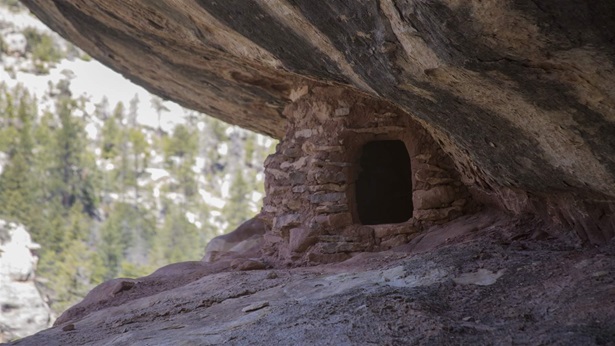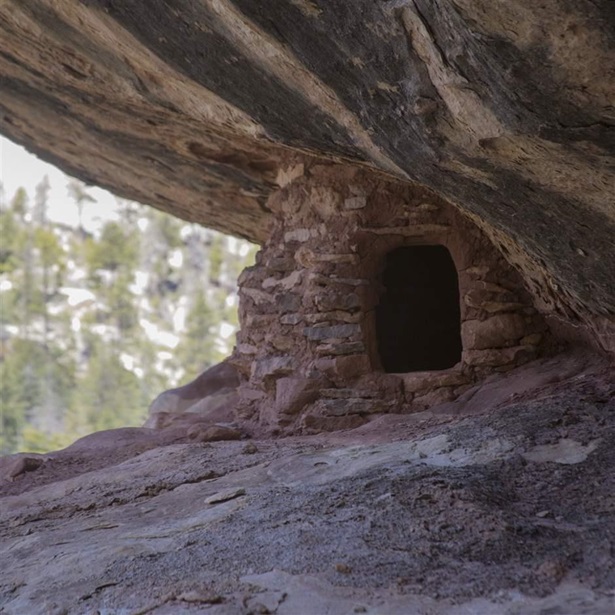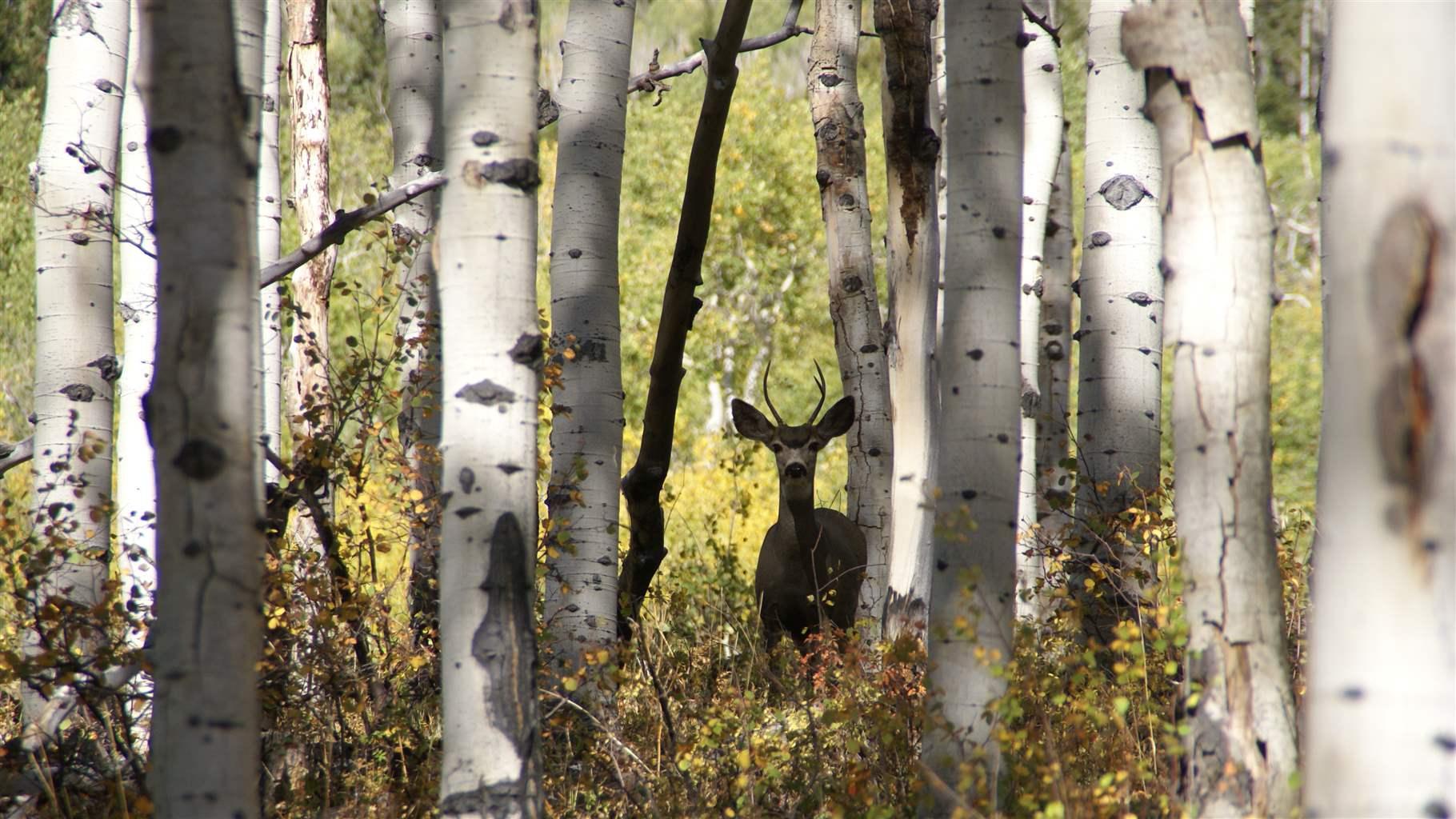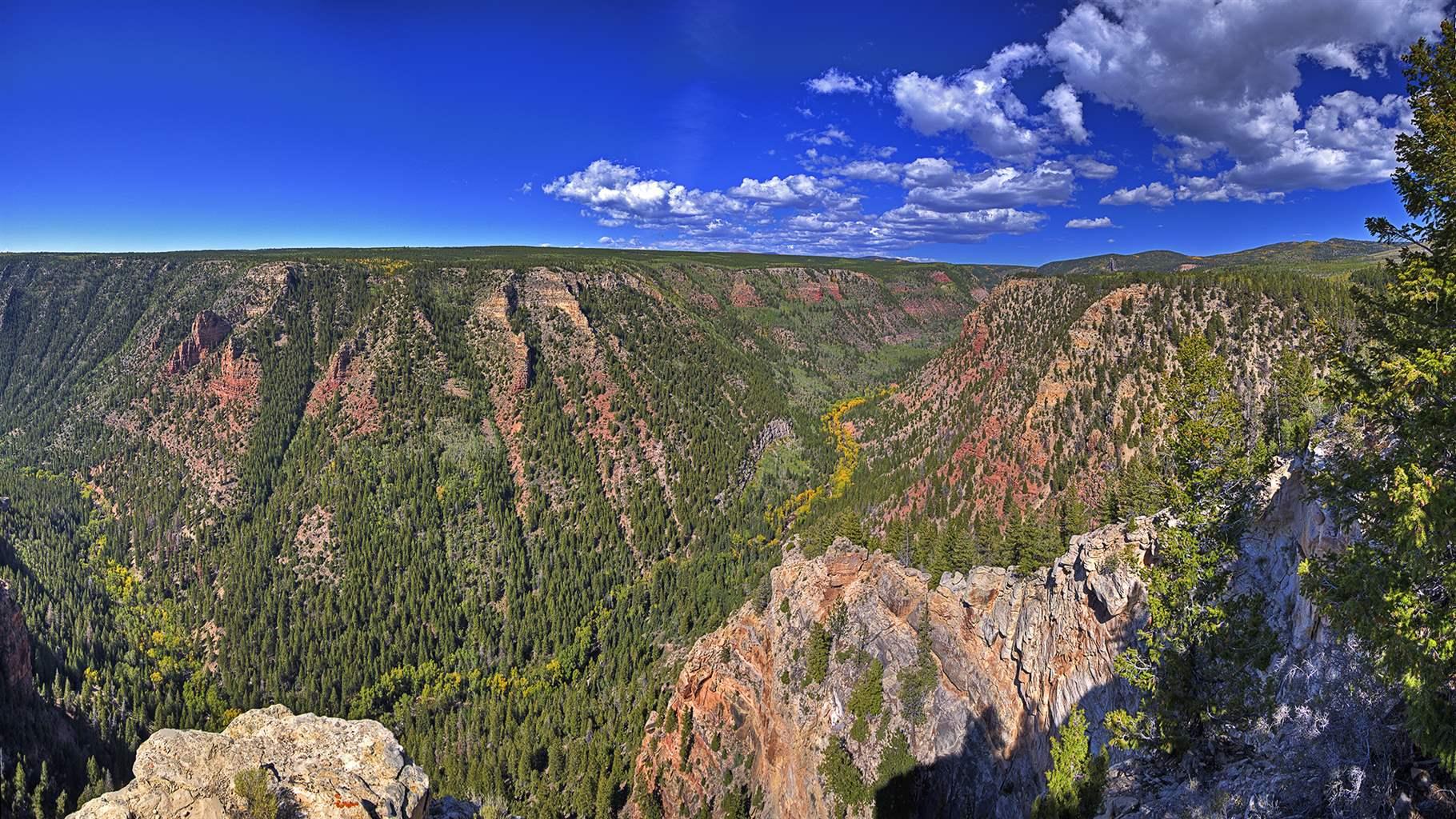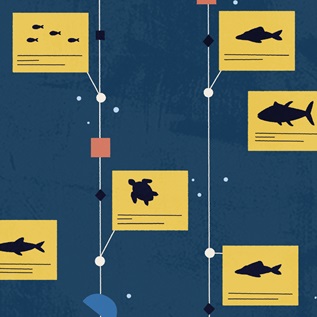New Research Identifies Ecologically Important Forest Lands in Northeastern Utah
Increased protections for areas of the Ashley National Forest would benefit wildlife and people
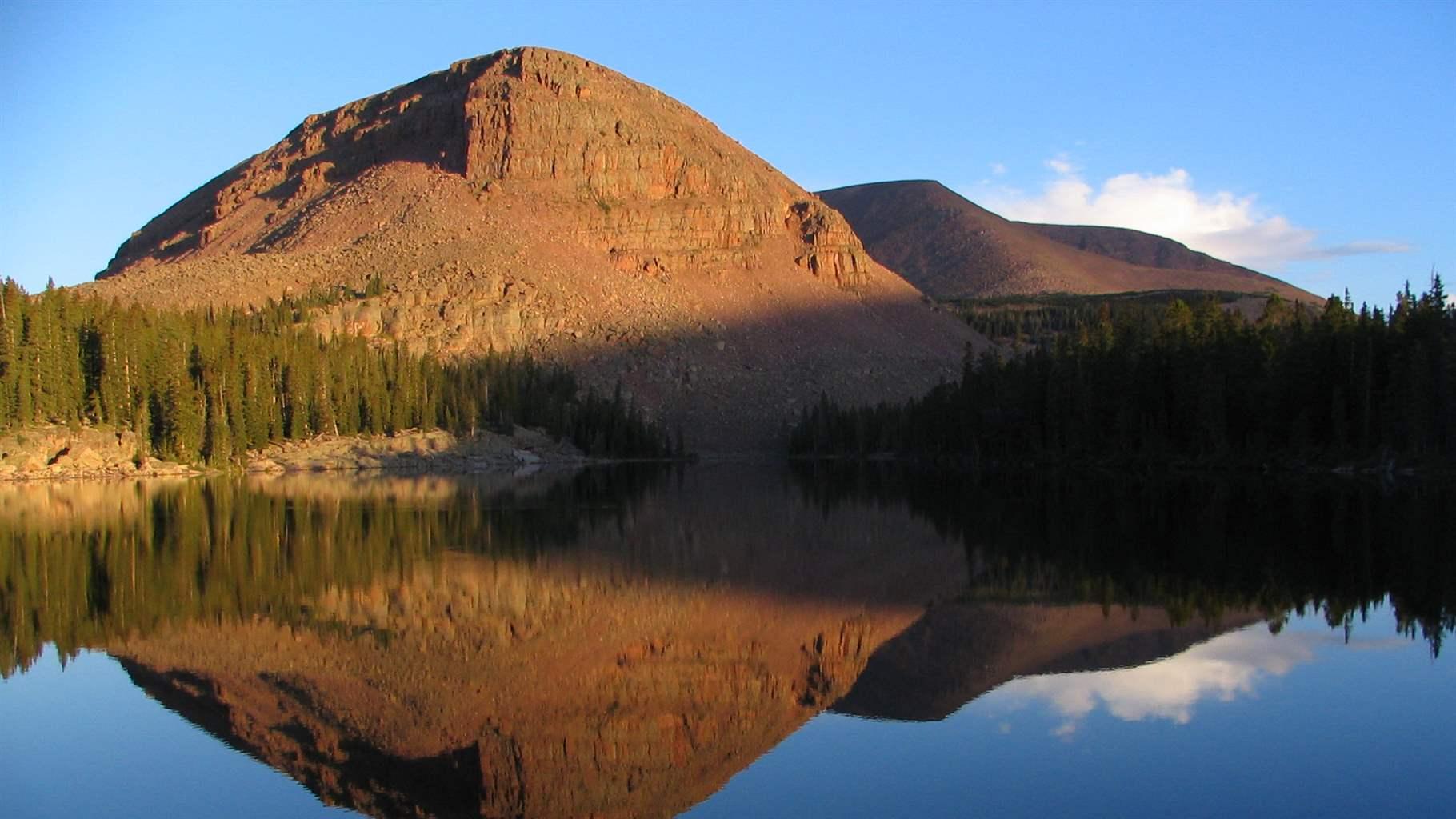
The Ashley National Forest covers approximately 1.4 million acres of public lands in northeastern Utah and a smaller portion in southwestern Wyoming. The forest’s Uinta Mountains—the largest east-west mountain range in the continental U.S.—and its Tavaputs Plateau connect the northern and southern Rocky Mountains. The Ashley is home to the remote peaks and streams of the High Uintas Wilderness, the dramatic formations the Ashley Karst National Recreation and Geologic Area—which is also the headwaters of the drinking water source for Unita County—and the scenic and popular Flaming Gorge National Recreation Area.
The U.S. Forest Service has a specific land and resource management plan, commonly called a forest plan, for each national forest, detailing what types of activities are allowed and where they can occur. The agency is updating the Ashley’s plan and is accepting public comment on the proposed update through Feb. 17. To provide the Forest Service and the public with information about areas of high ecological value—those with strong biodiversity, carbon storage, and resistance to climate change—within the forest, Pew commissioned Conservation Science Partners, a Truckee, California-based research nonprofit, to evaluate the Ashley National Forest using a spatial analysis methodology. Conservation of “high ecological value areas” through forest planning could help support a functioning, healthy forest.
Healthy forests provide numerous benefits to nature and people, for example by filtering drinking water, sequestering and storing carbon, and providing habitat for myriad wildlife. Forests support ecosystem connectivity, including through terrestrial and aquatic corridors, and recreational opportunities that bring economic benefits to communities. As human activities increasingly put pressure on forest systems and the need to conserve these areas grows, it is vital that all stakeholders, including the public and the Forest Service, have the most current and accurate information regarding the ecological values of our national forest lands. This data can help the agency decide how best to balance conservation, recreation, development, and other uses in its management decisions.
Conservation Science Partners’ analysis of the Ashley National Forest identifies areas of high ecological value within the forest that are unprotected. The area near Goose Egg Peak, northwest of Vernal, Utah, for example, is within the top 10% of ecologically important areas on the forest, but it could be threatened if the Forest Service allows activities such as motorized route development or commercial timber harvest to occur.
We encourage the Forest Service to incorporate this data into its updated forest plan for the Ashley, in order to conserve the forest’s health and sustainability for people and nature far into the future.
John Seebach is a project director and Blake Busse is a principal associate with The Pew Charitable Trusts’ U.S. public lands and rivers conservation program.
This report is one of 51 analyses Pew has commissioned Conservation Science Partners to undertake to determine the most important ecologically valuable, and as yet unprotected, areas within the country’s national forests. Like the Ashley report, the pending forest analyses involve areas expected to undergo revisions in the next several years.


America’s Overdose Crisis
Sign up for our five-email course explaining the overdose crisis in America, the state of treatment access, and ways to improve care
Sign up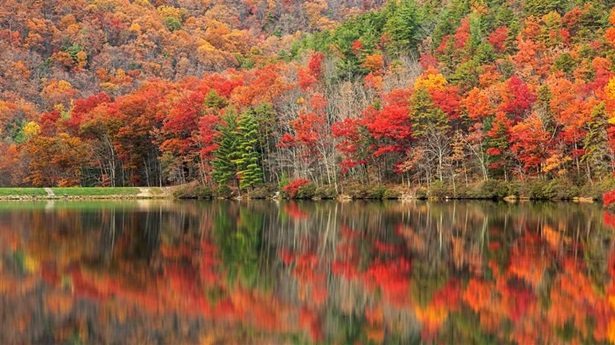
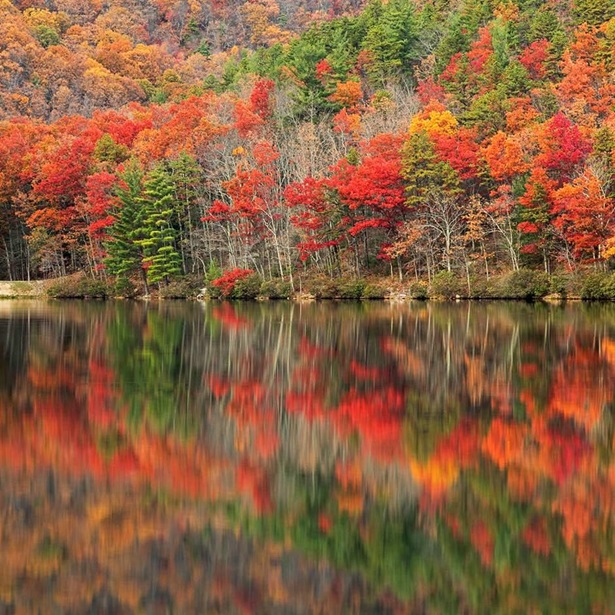
Forest Service Should Update Old Management Plans
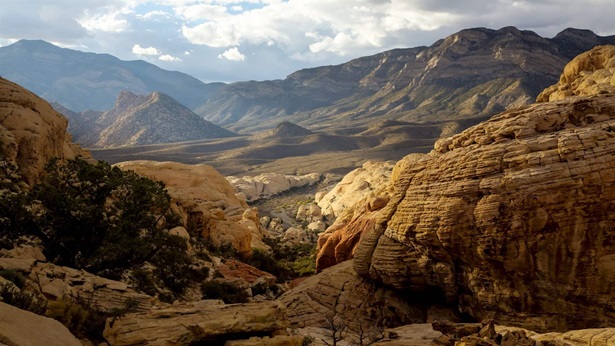
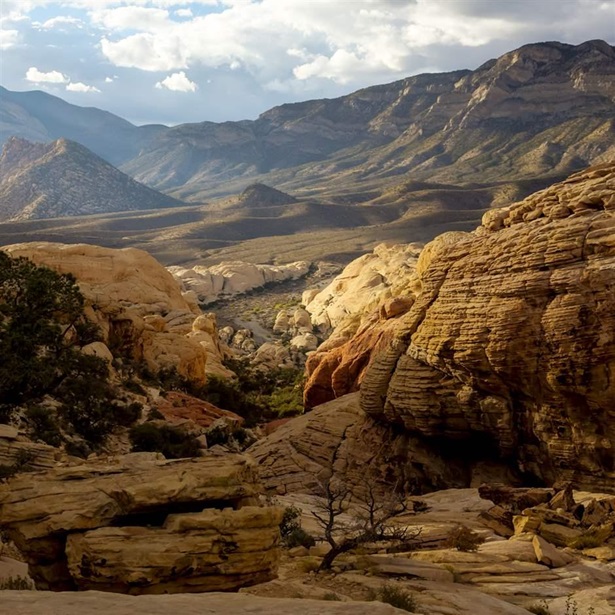
10-Year Plan to Conserve 30% of U.S. Lands and Waters
